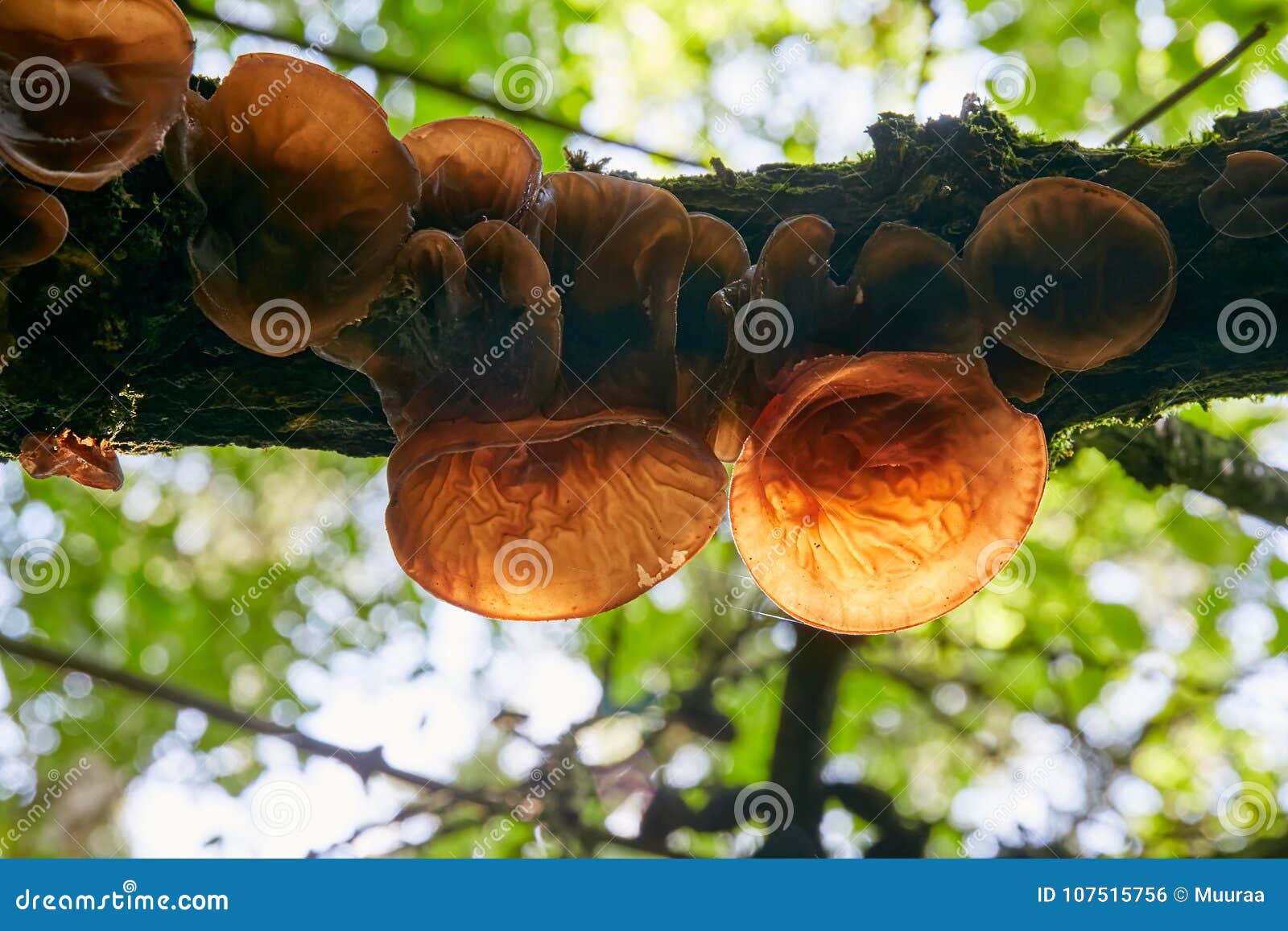

More surprising than the Judean scriptural association of the Wood Ear was its accepted use as one of the earliest medicinal treatments.

The name stuck, though it is mercifully succumbing to desuetude. In my view, the name Judas’s ear and the condemnation of the elder tree for its complicit role is a matter of popular folk etiology in medieval Europe which was replete with religiosity and superstition before the advent of cultural sensitivities.
AURICULARIA AURICULA EDIBLE FULL
It should be noted that the elder is normally a mid-size shrub known for its elderberries and not a full sized tree from which anything might be hung. Neither is the Judas association sui generis the redbud tree ( Cercis canadensis) is also known as the Judas tree due to its purported association with Dante’s most evil of villains – its white flowers changed to red buds as a sanguine reminder of this the penultimate betrayal of a friend. It is widely attested that the provenance of the name is the biblical account of Judas in Mathew 27 verse 5 after hearing of the condemnation of Jesus due to his betrayal, Judas “threw down the (thirty) pieces of silver in the temple and departed, and went and hanged himself.” There is no indication of that there was a specific tree involved, though numerous derivative sources identify the tree as an elder, one of the numerous trees that host the Tree Ear. auriculus-judae, but its appearance in early European accounts suggests an ancient lineage. It is not known when the anthropomorphic name Judas’s ear and its mildly pejorative derivative Jew’s ear was used for A. It is in the structure of the basidia that the jelly fungi are distinguished whereas other basidiomycetes (all of the “mushrooms” except morels) have simple, tubular basidia, those of the Tremellales are either partitioned or forked. The two main subphyla of the kingdom Fungi Basidiomycota and Ascomycota are distinguished according to their spore bearing structure, the former having a club-like four-spored basidia and the latter having a sac-like eight-spored ascus (from Greek askos meaning bladder). auricula however, it only grows on the ground and has brittle flesh in contrast to the arboreal habitat and pliability of Tree Ear. The Common Brown Cup ( Peziza badio-confusa) is an ascomycete that is very similar in appearance to A. Jelly fungi are Basidiomycetes in spite of their verisimilitude to the Ascomycetes, or cup fungi. Fruiting body shapes include everything from an amorphous mass like Witches’ Butter ( Tremella mesenterica) to the rigidly lobed Tree ear. The Common Brown Cup (Peziza badio-confusa) grows on the groundĪuricularia auricula is a member of order Tremellales – more commonly known as the jelly fungi on account of the texture which can range from gelatinous to rubbery. The taste and texture evidently encouraged some experimentation, resulting in what was undoubtedly a watershed moment in history when it became the first fungus in the historical record to be cultivated this occurred about 600 CE during the Tang dynasty of China, preceding the first European discovery of mushroom cultivation of the Agaricus bisporus or, more appropriately, the champignon, in the caves around Paris, France in the 18th Century.

Global availability, facile recognition and pliable consistency apparently encouraged the adventurous (and probably chronically hungry) hominid to try it, perhaps judiciously at first. polytricha (Greek for many hairs) are listed in the earliest known general references on plants in both Europe and Asia. This is evident in the fact that Auricularia auricula and its hairier Asian cousin A. Potpourri: The incongruous appearance of what looks to all intents and purposes to be an ear on a tree evidently caught the attention of hunter-gatherers throughout Eurasia at the dawn of human history. auricula-judae and has been accordingly called Jew’s ear or Judas’s ear due to this assignation. It is also frequently listed as and was originally called A. Scientific Name: Auricularia auricula – The Latin word for ear is auriculus the use of this term for both the genus and the species would imply “ear-like” to express its appearance and “ear” to express its attachment at a single point. It grows on trees, usually branches and not on the ground. Tree or Wood ear is mnemonically described and readily identifiedĬommon Name: Tree Ear, Wood Ear, Jelly Ear, Mu-erh or Mo-er (Chinese), Senji (Japanese) – The fungus grows from a single attachment and has the general bracket-cup shape and gelatinous texture of a human ear.


 0 kommentar(er)
0 kommentar(er)
